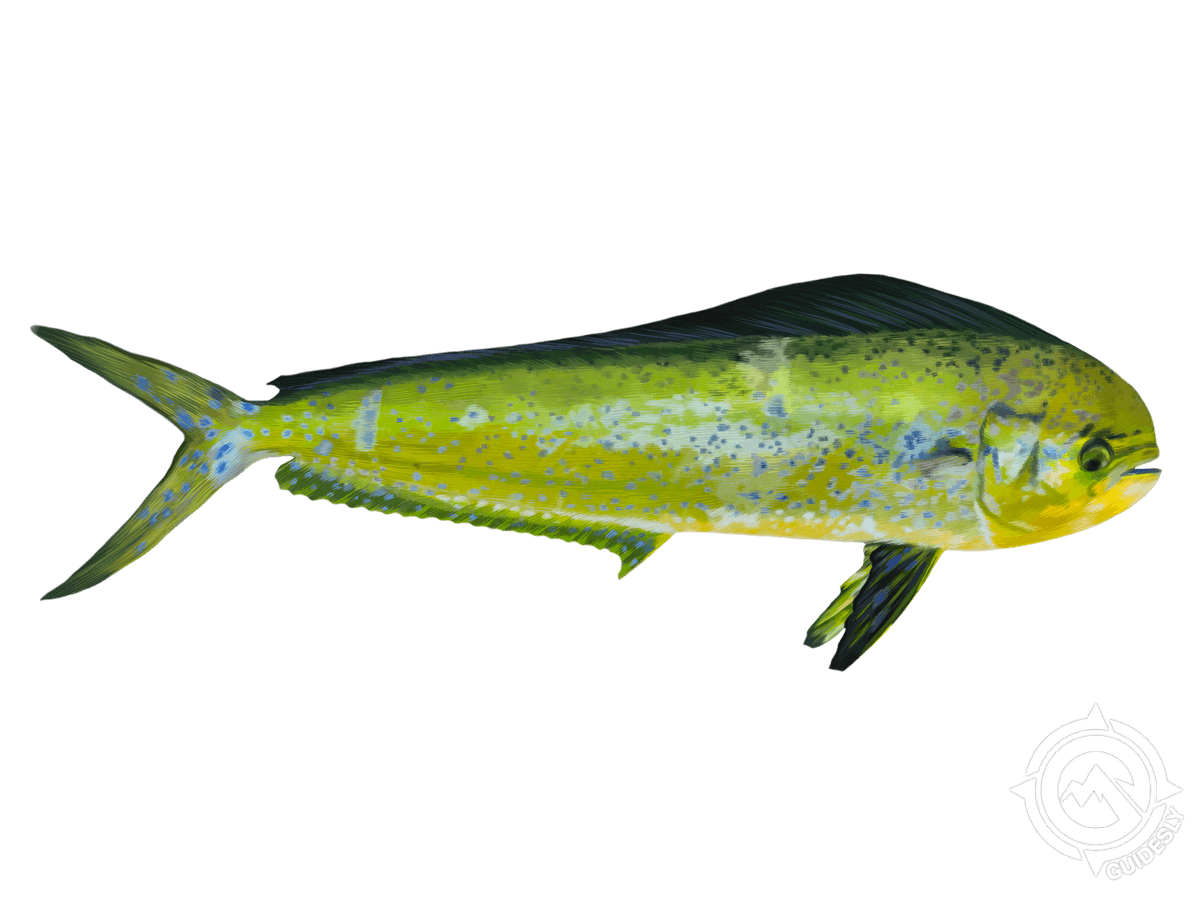Ultimate 10-12HR Offshore Trip | New Smyrna
- Published Date: July 18, 2025
- Fishing
- New Smyrna Beach, FL
- $500 - $1,450 price range
- Updated Date: October 13, 2025
Summary
%2F%2Fusers%2F114b8f2c-bf90-471c-8526-e2bdd5947600%2Fratecard%2F8ae88454-fed9-4f75-b883-d3d531ed3ffe.jpg&w=1200&q=75)
Big Catch Moments


Reel in Big Game: Offshore Adventure in NSB
Ready to chase the big ones? Our full-day offshore charter from New Smyrna Beach is your ticket to some serious deep-sea action. We're talking 10-12 hours of non-stop fishing for up to 6 anglers, kicking off at the crack of dawn. At $1,350, it's a steal for a day packed with opportunities to land both pelagic speedsters and reef dwellers. Whether you're a seasoned pro or just getting your sea legs, we've got you covered with all the gear and know-how you need.
What to Expect on the Water
Picture this: You're heading out as the sun peeks over the horizon, the smell of salt in the air, and the promise of a cooler full of fish by day's end. We'll start by trolling for the big boys - Mahi Mahi, Wahoo, Kingfish, maybe even a Sailfish if luck's on our side. As the day heats up, we might switch gears and drop lines for some bottom bouncing action. Gag Grouper, Amberjack, Triggerfish, Snapper - they're all on the menu. And don't forget about the Blackfin Tuna and Cobia that might crash the party. With our expert crew, you'll be in prime position to make the catch of a lifetime.
Techniques That Land Lunkers
Out here, versatility is key. We'll mix it up between trolling and bottom fishing to maximize your chances. When we're on the hunt for pelagics, we'll be dragging a spread of lures and baits that'll make any fish's mouth water. Think colorful skirted lures, ballyhoo rigs, and maybe even a planer to get down deep where the big boys hang out. For the bottom dwellers, we'll switch to heavy tackle and drop baits right into their living rooms. Jigs, live bait, cut bait - we'll use whatever's working to get those reels screaming. And don't worry if you're new to this game; our crew will walk you through every technique, from setting the drag to fighting a fish like a pro.
Top Catches This Season
Offshore fishing in New Smyrna Beach is heating up, and anglers are reeling in some impressive catches. Mahi Mahi have been running hot, with several boats reporting multiple hookups in a single day. The Amberjack bite has been consistent, offering some serious arm-wrestling matches for those willing to put in the work. Red Snapper season might be limited, but when it's on, it's on fire. Gag Grouper have been showing up in good numbers, especially for those who know the right spots. And let's not forget about the occasional Cobia sighting - these "brown bombers" can turn a good day into a great one in a heartbeat.
Species You'll Want to Hook
Mahi Mahi, or Dolphinfish as some folks call 'em, are the acrobats of the ocean. These neon-colored speedsters are known for their wild aerial displays and delicious meat. They typically range from 15 to 30 pounds out here, but don't be surprised if we tangle with a 50-pounder. Mahi are most active in the warmer months, from late spring through early fall. They're often found near floating debris or weed lines, so keep your eyes peeled!
Greater Amberjack, or "reef donkeys" as we like to call 'em, are the bruisers of the deep. These powerful fish can grow over 100 pounds and will test every ounce of your strength. They hang around wrecks and reefs year-round, but the bite really picks up in the cooler months. When you hook one, hold on tight - these guys don't give up easy!
Cobia are the wildcards of offshore fishing. These curious, torpedo-shaped fish can show up almost anywhere, from the surface to the bottom. They're often mistaken for sharks at first glance, but once you hook one, you'll know the difference. Cobia average 20-40 pounds but can grow much larger. They're most common in the spring and fall, often following large rays or hanging around buoys and markers.
Red Snapper might have a short season, but boy, is it sweet. These crimson beauties are the pride of the Gulf, known for their firm, white flesh and hard-fighting attitude. They typically range from 5 to 20 pounds, but 30-pounders aren't unheard of. Red Snapper love structure, so we'll be targeting reefs and wrecks when they're in season. The bite can be fast and furious, so be ready!
Gag Grouper are the heavyweights of the reef. These brown-mottled monsters can grow over 50 pounds and are notorious for their powerful first run. They love to hole up in rocky bottoms and wrecks, so precision anchoring is key. Gags are available year-round, but the bite is often best in the cooler months. When you feel that telltale thump, reel fast and hard - these guys will try to break you off in a heartbeat!
Why Anglers Keep Coming Back
There's something special about fishing these waters that keeps folks coming back year after year. Maybe it's the thrill of never knowing what might hit your line next. Could be a schoolie Mahi or the grouper of a lifetime. Or perhaps it's the camaraderie that builds when you're out there with your crew, working together to put fish in the box. And let's be honest, there's nothing quite like that feeling when a reel starts screaming and everyone scrambles to clear lines. It's moments like these that turn first-timers into regulars and create fishing stories that last a lifetime.
Time to Book Your Spot
Look, I could go on all day about the fish we catch and the good times we have out there, but the truth is, you've gotta experience it for yourself. Whether you're looking to fill the freezer, cross a few species off your bucket list, or just enjoy a day on the water with good company, our offshore charter has you covered. We provide all the gear, bait, and licenses - all you need to bring is your sense of adventure (and maybe a cooler for the ride home). Spots fill up fast, especially during peak seasons, so don't wait. Give us a call, and let's get you out on the water for a day of fishing you won't soon forget. Trust me, once you feel that first big hit, you'll be hooked for life!
Learn more about the animals
Cobia
Cobia are one of those fish that'll make you do a double-take - they look like a shark with their single dorsal fin, but they're actually more closely related to remoras. These brown bruisers can hit 100 pounds and put up a heck of a fight. You'll find them around buoys, wrecks, and other structure in 30-70 feet of water, especially during their spring and summer spawning runs. Cobia are sight-feeders, so keep your eyes peeled for them cruising near the surface. Anglers love targeting cobia for their aggressive strikes and excellent table fare. Here's a local trick: when you spot one, toss out a live eel or a big bucktail jig. Let it sink a bit, then start a slow retrieve. Cobia can't resist it. Just be ready - when they hit, it's like hooking a freight train.

Gag Grouper
Gag Grouper might not win any beauty contests, but they more than make up for it with their size and fight. These ambush predators can hit 50 inches and 80 pounds, lurking around rocky bottoms and reefs in 60-250 feet of water. Fall and winter are prime seasons when they move to shallower waters. Anglers target Gags for their powerful fights and excellent table fare. To catch one, we'll drop live baits or heavy jigs right into their lairs. Here's the key: once you hook up, you've got to muscle them up fast. Gags will try to dive back into the rocks and break you off. A local trick is to keep your rod tip low and reel like crazy those first few seconds. If you can turn their head, you've got a shot at landing a trophy grouper for the dinner table.

Greater Amberjack
Greater Amberjack are brutes of the offshore world, growing up to 6 feet and 100 pounds. These bluish-grey fish with a silvery belly hang around reefs, wrecks, and other structure in 60-240 feet of water. Spring and fall are prime times as they move between shallow and deep waters. Anglers target AJs for their powerful fights - these fish will test your tackle and your back. They're also excellent eating, with firm white meat. When fishing for amberjack, drop big live baits or heavy jigs near the bottom. Once hooked, get ready for a battle. These fish will immediately try to dive back to their rocky homes. A local tip: when you feel the bite, reel fast and lift hard to get them away from the structure. If you can turn their head in those first few seconds, you've got a good shot at landing a trophy.

Mahi Mahi or Common Dolphinfish
Mahi Mahi are a favorite offshore target, known for their stunning colors and acrobatic fights. These fast-growing fish average 15-29 pounds but can reach up to 87 pounds. You'll find them near floating debris and weed lines in warm, open waters. Mahi are most active in summer months, chasing flying fish and other baitfish. Anglers love 'em for their high-flying jumps and delicious, firm white meat. To boost your chances, look for frigate birds working an area - they'll often lead you right to the fish. When you spot a school, get a live bait in the water fast. Mahi are curious and will investigate quickly, but they don't stick around long. Land one, and you've got an excellent meal and a great photo op with those electric blue and green colors.

Red Snapper
Red Snapper are the crown jewels of bottom fishing here. These beautiful red fish typically run 1-2 feet and under 10 pounds, but monsters over 30 pounds aren't unheard of. You'll find them holding tight to structure in 60-300 feet of water. Summer's the prime time when they're spawning and most active. Anglers prize Red Snapper for their hard-fighting nature and absolutely delicious white meat. To target these guys, we'll drop heavy weights with multiple hooks baited with cigar minnows or squid. Here's a pro tip: when you feel the bite, reel fast and lift hard to get them away from the structure. Red Snapper will dive for cover if you give them a chance. Get them up quick, and you're in for some of the best eating fish in the ocean.

About the CentralFloridaFishingCharters
%2F%2Fusers%2F114b8f2c-bf90-471c-8526-e2bdd5947600%2Fvehicle_picture%2F341182462_1592856051196901_5621407314761616751_n.jpg&w=1200&q=75)
Vehicle Guest Capacity: 6
Manufacturer Name: Yamaha
Maximum Cruising Speed: 50
Number of Engines: 2
Horsepower per Engine: 250
%2Ffit-in%2F250x250%2Fguide_websites%2F18329%2Fimages%2F1724132049105259978180_220492086892749_876961024437089484_n.jpg&w=1200&q=100)
%2Fusers%2F114b8f2c-bf90-471c-8526-e2bdd5947600%2Fimages%2Fgrey-triggerfish-fishing-cruise-fl-2852.jpg&w=768&q=75)
%2Fusers%2F114b8f2c-bf90-471c-8526-e2bdd5947600%2Fimages%2Fanglers-reel-fun-florida-2572.jpg&w=768&q=75)
%2Fusers%2F114b8f2c-bf90-471c-8526-e2bdd5947600%2Fimages%2Fanglers-fishing-boat-florida-2650.jpg&w=768&q=75)
%2Fusers%2F114b8f2c-bf90-471c-8526-e2bdd5947600%2Fimages%2Fblackfin-tuna-new-smyrna-beach-2741.jpg&w=768&q=75)
%2Fusers%2F114b8f2c-bf90-471c-8526-e2bdd5947600%2Fimages%2Fcruising-fishing-new-smyrna-beach-2296.jpg&w=768&q=75)
%2Fusers%2F114b8f2c-bf90-471c-8526-e2bdd5947600%2Fimages%2Ffishing-new-smyrna-beach-2677.jpg&w=768&q=75)
%2Fusers%2F114b8f2c-bf90-471c-8526-e2bdd5947600%2Fimages%2Ffishing-cruise-florida-2784.jpg&w=768&q=75)
%2Fusers%2F114b8f2c-bf90-471c-8526-e2bdd5947600%2Fimages%2Ffishing-new-smyrna-beach-2703.jpg&w=768&q=75)
%2Fusers%2F114b8f2c-bf90-471c-8526-e2bdd5947600%2Fimages%2Fbountiful-catch-florida-fishing-cruises-2815.jpg&w=768&q=75)
%2Fusers%2F114b8f2c-bf90-471c-8526-e2bdd5947600%2Fimages%2Fcobia-fish-florida-cruises-2626.jpg&w=768&q=75)
